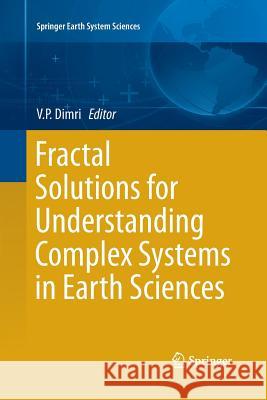Fractal Solutions for Understanding Complex Systems in Earth Sciences » książka
topmenu
Fractal Solutions for Understanding Complex Systems in Earth Sciences
ISBN-13: 9783319370781 / Angielski / Miękka / 2016 / 152 str.
Fractal Solutions for Understanding Complex Systems in Earth Sciences
ISBN-13: 9783319370781 / Angielski / Miękka / 2016 / 152 str.
cena 403,47 zł
(netto: 384,26 VAT: 5%)
Najniższa cena z 30 dni: 385,52 zł
(netto: 384,26 VAT: 5%)
Najniższa cena z 30 dni: 385,52 zł
Termin realizacji zamówienia:
ok. 22 dni roboczych
Bez gwarancji dostawy przed świętami
ok. 22 dni roboczych
Bez gwarancji dostawy przed świętami
Darmowa dostawa!
Kategorie BISAC:
Wydawca:
Springer
Seria wydawnicza:
Język:
Angielski
ISBN-13:
9783319370781
Rok wydania:
2016
Wydanie:
Softcover Repri
Ilość stron:
152
Waga:
0.24 kg
Wymiary:
23.39 x 15.6 x 0.91
Oprawa:
Miękka
Wolumenów:
01
Dodatkowe informacje:
Wydanie ilustrowane











